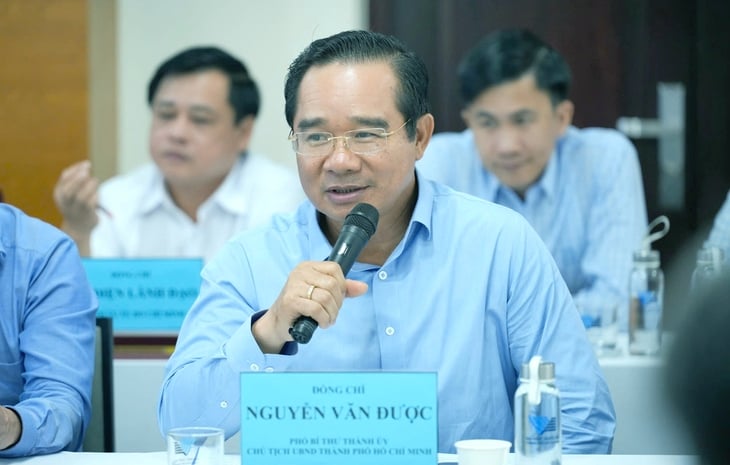
Chairman of Ho Chi Minh City People's Committee Nguyen Van Duoc speaks at the working session on October 28 - Photo: LE CUC
Mr. Pham Phu Ngoc Trai - Chairman of the Vietnam Packaging Recycling Alliance - said that for the "three-house" cooperation model to truly operate effectively, the key factor lies in people and the spirit of sharing.
Need determination from the State
According to Mr. Trai, most of the human resources of Vietnamese enterprises today come from universities. Some technology enterprises that he knows have up to 60-70% of their engineering team coming from famous technical universities such as the University of Technology (Ho Chi Minh City National University).
"Enterprises want to cooperate practically with schools, share research and development (R&D) capabilities, and create value together instead of just signing contracts or providing formal sponsorship," he said.
Mr. Trai emphasized that a cooperative model can only be developed if it creates an equal environment for all entities, from research institutes, start-ups to large enterprises, to contribute and benefit together. It is impossible to only associate with a few units but must be associated with many parties. When businesses participate, they must feel that they are listened to, accompanied and have the results shared. "That is the true value of an innovation ecosystem," he shared.
Meanwhile, Mr. Kenneth Tse - Vice President of Intel Products Vietnam Corporation - recognized that the role of leadership, especially the State's role as a facilitator, is decisive in maintaining the vitality of the innovation ecosystem.
Specifically, it is the determination and continuity in action: does the leader dare to maintain a close cooperation mechanism and a regular working schedule among the three parties?
For his part, Mr. Kenneth Tse added that Intel always has a great need for high-quality human resources and is ready to coordinate with universities to implement programs to improve students' and lecturers' skills, as well as participate in R&D projects.
According to him, every business is interested in R&D, but research and development is a long process that requires sharing of resources, data and values. If we can collaborate deeply with universities, both sides will definitely benefit.
Mr. Nguyen Dinh Uyen - Technology Director of Ultrasil Company - said that many technology enterprises when investing in Vietnam not only aim at production or business but also want to expand research and development activities of engineering, science and technology right on the spot. Therefore, the need for cooperation is very large.
He said the company is eager to share its experience, technology and practical data with domestic research groups, thereby creating conditions for them to further develop their expertise.
For example, when businesses open labs and invite researchers to work together, practical problems will be solved more quickly. "On the contrary, we also learn a lot from the research capacity of Vietnamese universities," Mr. Uyen shared.
The "key" role of Ho Chi Minh City National University
Mr. Nguyen Van Duoc - Chairman of the Ho Chi Minh City People's Committee - emphasized that for long-term and sustainable development, the "three houses" will need to be closely connected with each other, each "house" working separately will not be able to complete. According to him, the important thing is to take advantage of the individual strengths of each entity to create a combined strength for the entire innovation ecosystem.
He frankly assessed the current reality that the connection between the parties is still fragmented. For example, schools conduct independent research, businesses import technology themselves, and have not yet taken advantage of market capacity. The state management sector also has many separate programs. Meanwhile, many businesses want to connect, participate in training and cooperation, but lack a common coordination mechanism.
One of the current steps being implemented is that the Ho Chi Minh City People's Committee and Ho Chi Minh City National University are coordinating on the project to turn Ho Chi Minh City into an international-class innovation center by 2030. This is also one of many tasks that the Central Steering Committee on Resolution 57 has just assigned to Ho Chi Minh City.
In this project, the Innovation Center at Ho Chi Minh City National University will be the starting point, an innovation 'pole' leading the university sector, and at the same time a place where the three pillars of the State - school - enterprise converge.
Mr. Nguyen Van Duoc expects the Innovation Center at Ho Chi Minh City National University to become a pioneer in the network of innovation poles of the city. The center will be a place for research and incubation, while also leading, connecting and spreading the spirit of innovation to the entire ecosystem in the area. At the same time, the center can implement "sandbox" mechanisms to test policies, develop core technologies and invest in venture capital.
Creating more connections for the innovation ecosystem
Mr. Hoang Duc Trung - Deputy CEO of VinaCapital Ventures Fund - said that besides infrastructure and research human resources, Vietnam needs to form a "floor" for innovative businesses and technology startups, where research groups and startups can access investment funds, have their products valued and be connected to the international market.
Activities such as project launch events, technology competitions or international investment conferences can be "launch pads" to help discover and nurture potential businesses.
In addition, according to him, the Ho Chi Minh City government can create more favorable mechanisms for capital and human resources, such as visa support for experts, encouraging foreign investment funds to set up offices and allowing testing of flexible incentive mechanisms for startups...
To make the "three-house" model operate effectively
According to Dr. Truong Minh Huy Vu - Director of the Ho Chi Minh City Institute for Development Studies, in the "three-house" connection, the State plays the role of creating institutions and a flexible legal framework; universities and research institutes provide knowledge, technology and human resources; and enterprises are the locomotives for commercializing products and bringing research to market.
He believes that it is necessary to design specific coordination tools such as innovation investment funds, co-investment mechanisms or sandboxes so that the "three-house" model can operate more effectively and substantially.
Source: https://tuoitre.vn/tp-hcm-muon-ba-nha-cung-ra-tran-trong-he-sinh-thai-doi-moi-sang-tao-20251029100250058.htm


![[Photo] Flooding on the right side of the gate, entrance to Hue Citadel](https://vphoto.vietnam.vn/thumb/1200x675/vietnam/resource/IMAGE/2025/10/28/1761660788143_ndo_br_gen-h-z7165069467254-74c71c36d0cb396744b678cec80552f0-2-jpg.webp)

![[Photo] Hue: Inside the kitchen that donates thousands of meals a day to people in flooded areas](https://vphoto.vietnam.vn/thumb/1200x675/vietnam/resource/IMAGE/2025/10/29/1761738508516_bepcomhue-jpg.webp)
![[Photo] Prime Minister Pham Minh Chinh chaired a meeting to discuss solutions to overcome the consequences of floods in the central provinces.](https://vphoto.vietnam.vn/thumb/1200x675/vietnam/resource/IMAGE/2025/10/29/1761716305524_dsc-7735-jpg.webp)
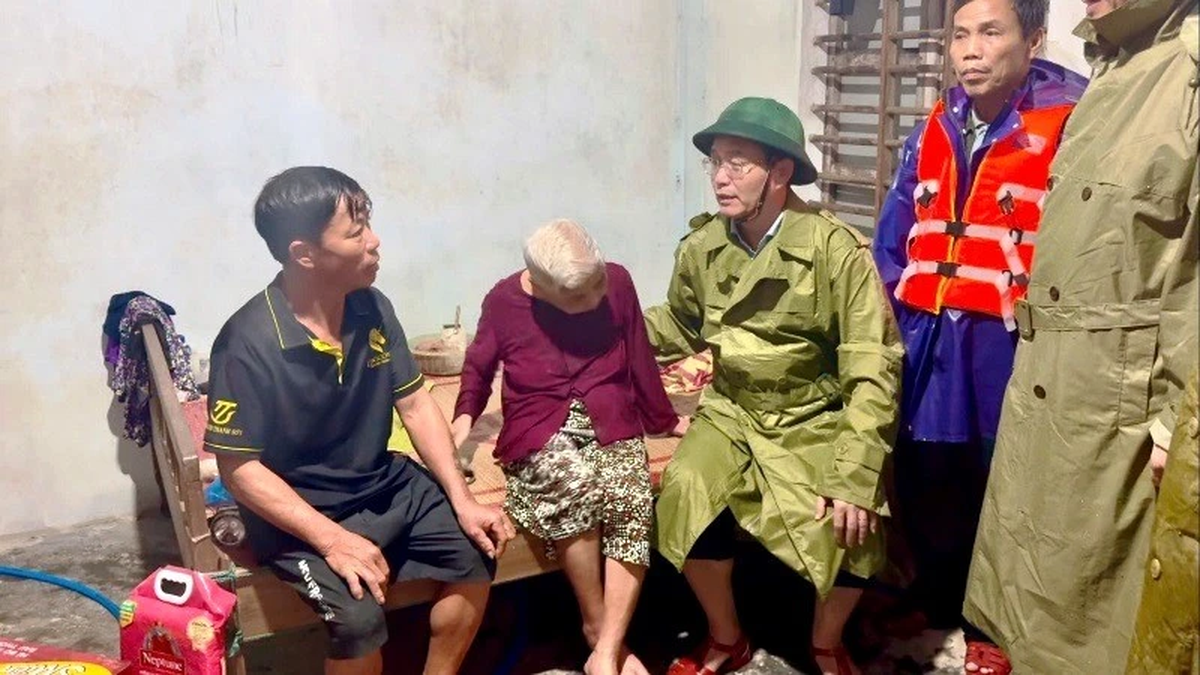



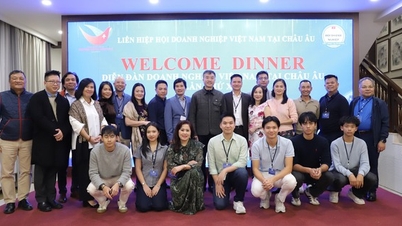

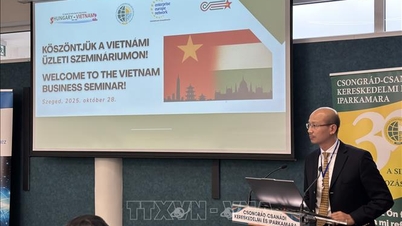

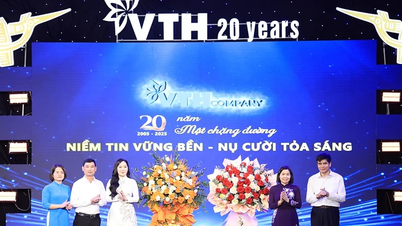

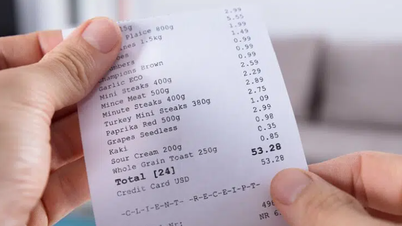
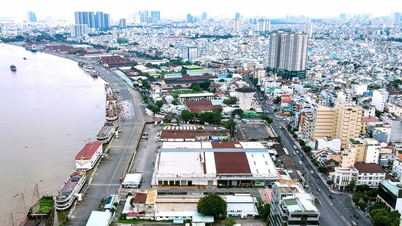
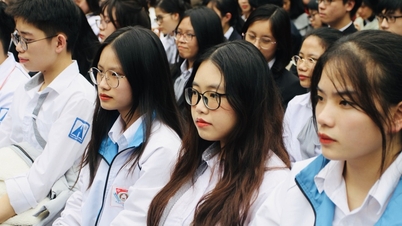

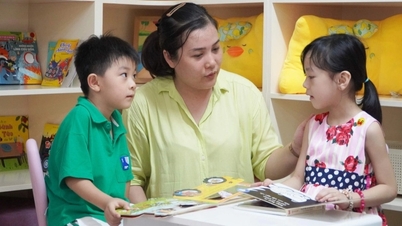

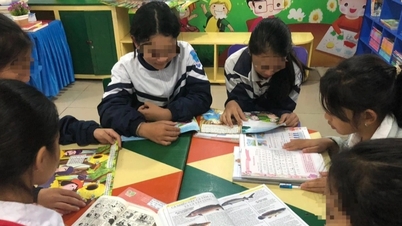
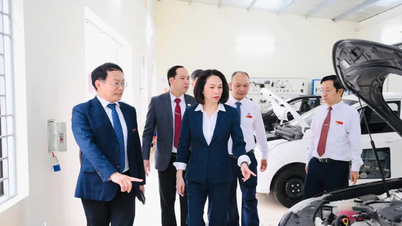

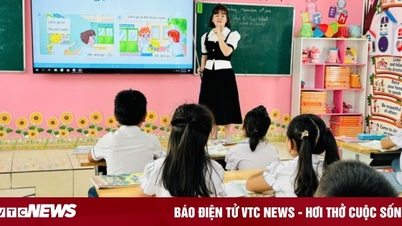






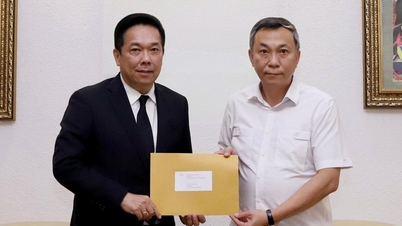

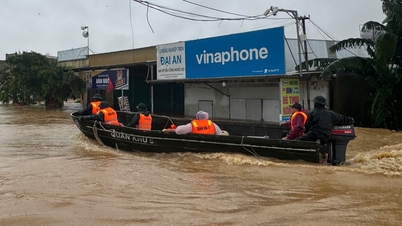
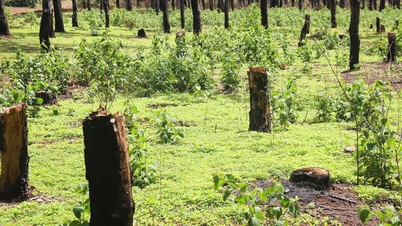


































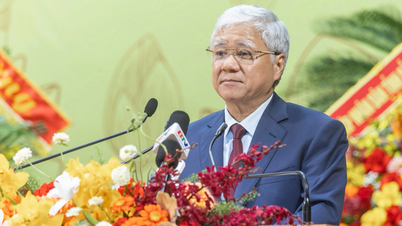
![[Infographic] Vietnam's socio-economic situation in 5 years 2021-2025: Impressive numbers](https://vphoto.vietnam.vn/thumb/402x226/vietnam/resource/IMAGE/2025/10/29/1761730747150_anh-man-hinh-2025-10-29-luc-16-38-55.png)


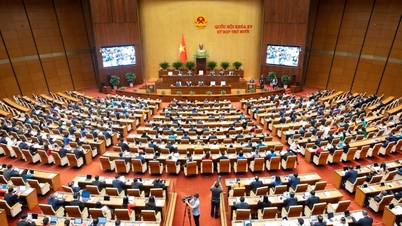
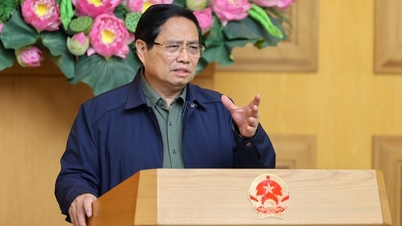
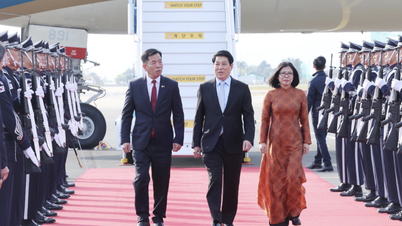

![[Live] Concert Ha Long 2025: "Heritage Spirit - Brightening the Future"](https://vphoto.vietnam.vn/thumb/402x226/vietnam/resource/IMAGE/2025/10/29/1761743605124_g-anh-sang-am-thanh-hoanh-trang-cua-chuong-trinh-mang-den-trai-nghiem-dang-nho-cho-du-khach-22450328-17617424836781829598445-93-0-733-1024-crop-1761742492749383512980.jpeg)

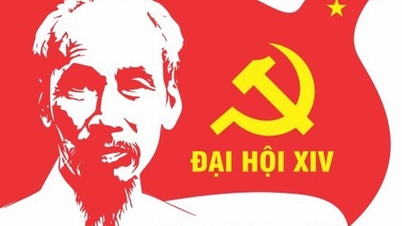
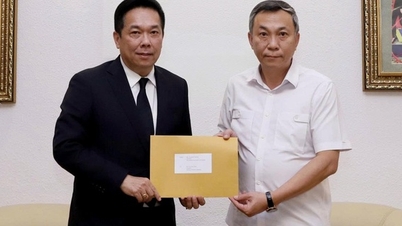

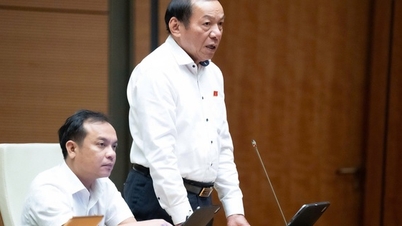
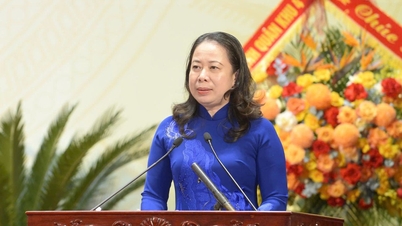

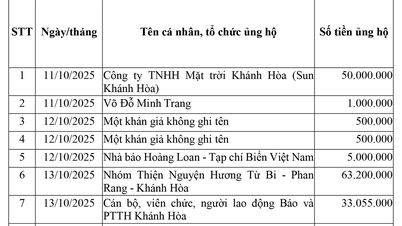

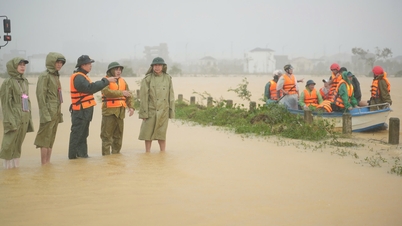

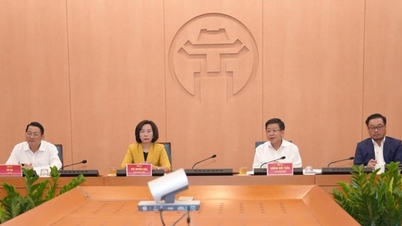


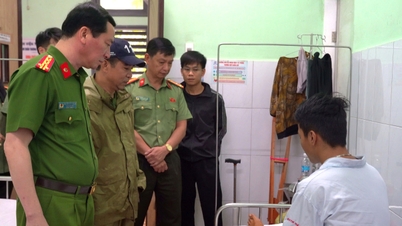
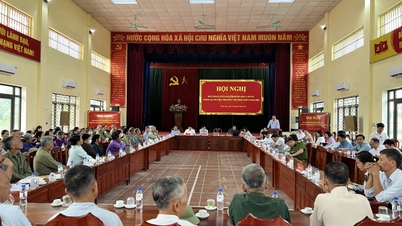













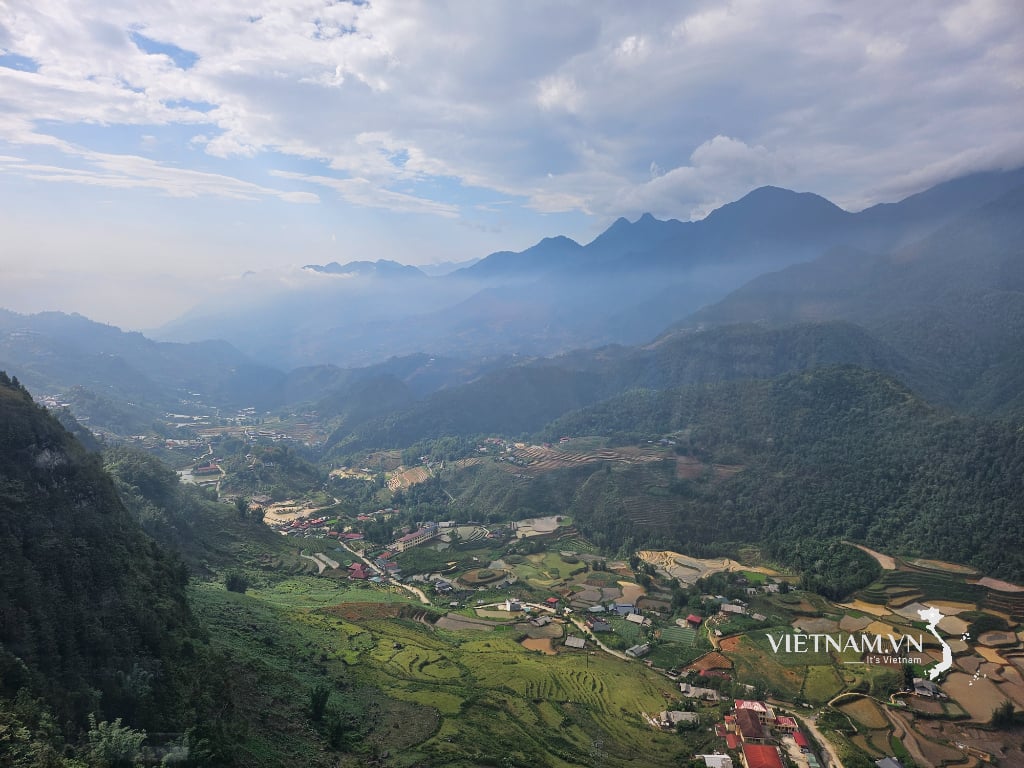


Comment (0)